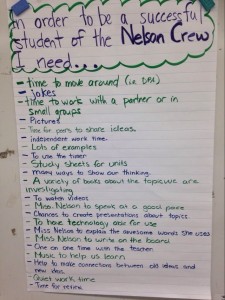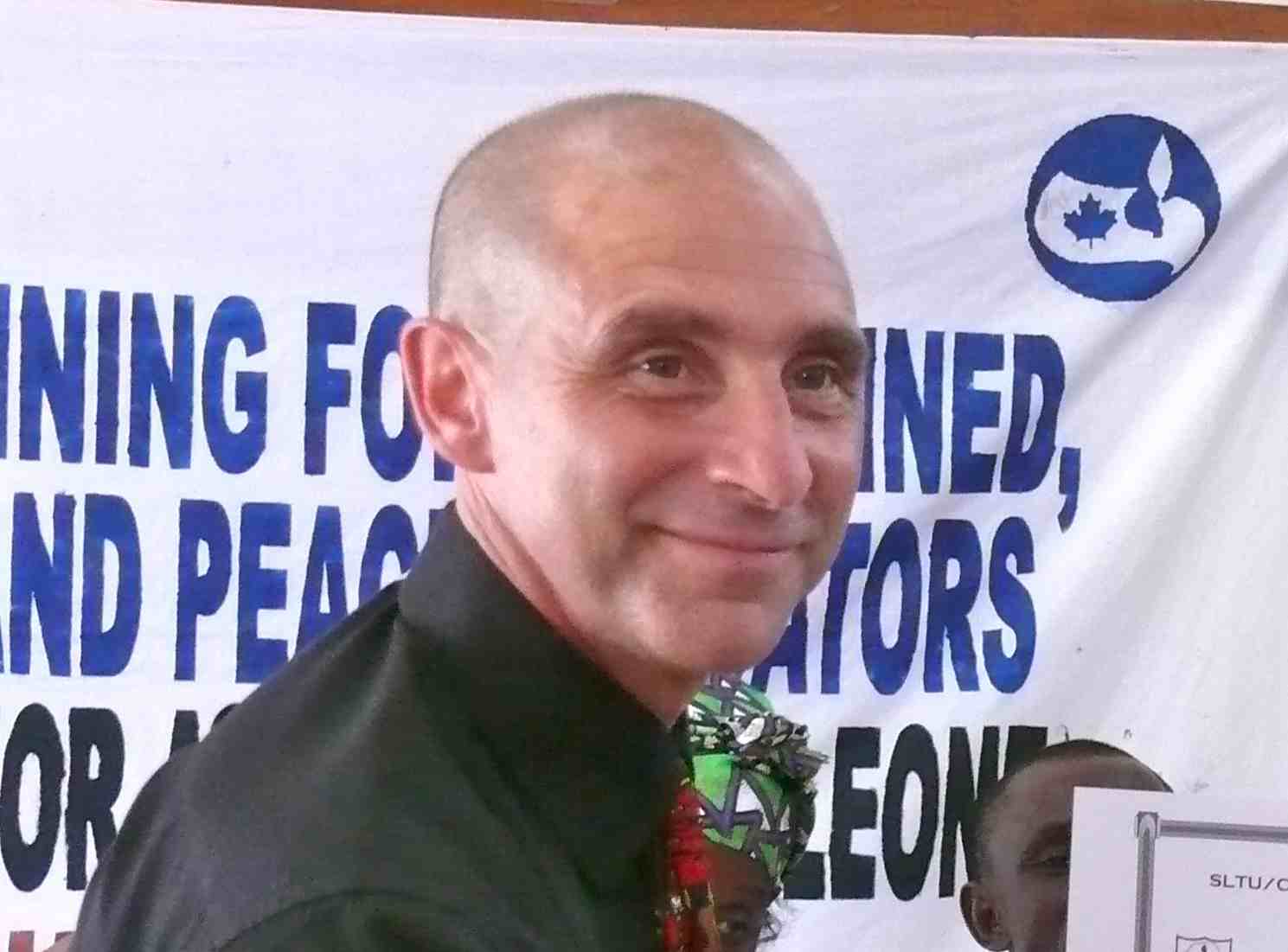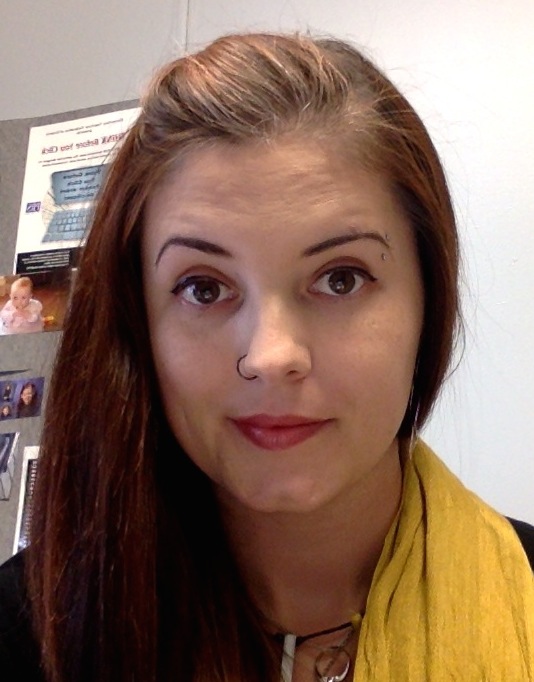A couple of months ago, I got the idea into my head that we should have an Earth Day Fair at our school. I found it frustrating that although we touch on aspects of sustainability and respect for the environment in the curriculum, when it came to Earth Day, saying “Happy Earth Day!” over the morning announcements, was pretty much as far as it went. I happened to mention it to the principal one day, and she said, “Got for it!”. So I started to put more ideas together and tried to figure out how I could also bring my kinders into the mix, not just as participants, but as leaders.
Time passed and things slowly came together. We held our fair in the morning, indoors, where tables were set up with various presenters to showcase their eco-friendly projects. In the afternoon, the whole school was invited to participate in a variety of eco-friendly activities in the school yard. It was marvelous!
Generally speaking, kinders are often not invited to participate with the general school in certain events due to their young age and somewhat shortened attention span. With the Earth Day Fair, however, I was willing to try out having a table set up, just like the big kids, where kinders could share their knowledge of the worms we have in our vermicomposter.
I decided to follow the science fair model of having a tri-fold poster board for all our information, some literature about worms, the things we need to prepare the compost, and the worms themselves for our information table. In the weeks preceding the fair, I invited students who were interested in showing what they know about worms to a table with pencils and paper and the tri-fold board already set up. I divided up the board into three sections I knew my kinders could elaborate on in order to be able to teach others about vermicomposting;
- All about Worms
- How to Compost
- Why is it important?
There were 8 students who showed an interest – reviewing the books and looking at pictures (some even reading – “Madame! Look! It says here that worms can push ten times their weight!”); who wanted the challenge of writing and drawing their information; and who stayed and observed and asked more questions whenever I would open the compost bin to feed or check on the worms – and so they became my Worm Experts. Because they contributed to the poster display, they were the right people to represent our vermicomposting table at the fair. They were so excited!
I was there to supervise while the Worm Experts had the responsibility of answering questions. Students and staff who visited the display learned a lot as the kinders presented anatomical drawings they had made of the worms, delighting in stating that worms have 5 hearts. The Experts also explained that worms need to stay slimy or they will die, because they breathe through their skin. The composting they explained in three easy steps; collect compost, blend the compost, feed the compost to the worms. Finally, they stated that worms are important because when they dig tunnels, their poo becomes soil with nutrients that helps plants grow.
The Worm Experts answered questions for the better part of an hour, with the whole school filing past to visit the display. With their enthusiasm beginning to fade a bit towards the end, I asked if any of them would like to stay at the fair or return to the classroom. Half of them decided to return to the classroom because “Being an Expert is hard work.” The others who were happy to stay, chatted with other presenters or went and visited other displays with grade 6 Big Buddies, just like the big kids.



